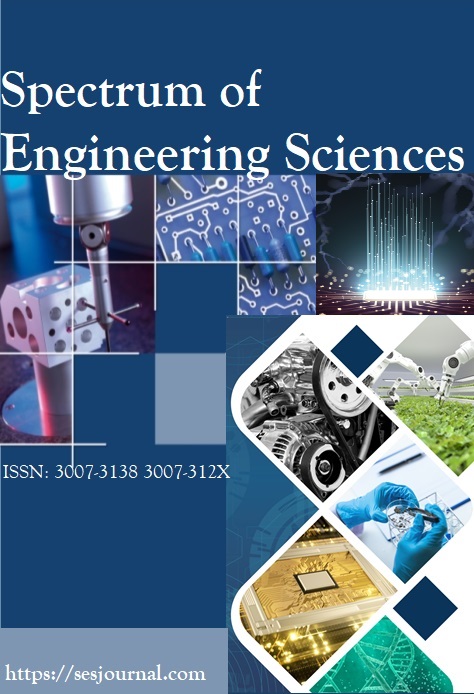INTRUSION DETECTION IN IOT THROUGH DEEP LEARNING
Keywords:
Deep Learning, Intrusion Detection, Internet of ThingsAbstract
Intrusion detection forms an important element to security in the realm of Internet of Things since it aids early identification of any incidence to compromise with the system. In the case of IoT contexts, intrusion detection processes are often futile due to the sheer volume of data produced by these gadgets. Hence, deep learning and several state-of-the-art and effective intrusion detection technologies that is required. The deep learning domain of machine learning applies neural networks to a huge amount of information. It has been proven exceptionally effective in various applications such as, audio and picture recognition, natural language processing and anomaly detection. In terms of IoT security, deep learning can be employed to detect odd behavior in a device’s activity and enable timely detection of potential security abnormalities. Thus, this research has great importance as it can help to minimize dangers associated with IoT gadgets and protect confidentiality and personal information of users. Deep learning algorithms are expected to be the solution to the intrusion detection problem in the Internet of Things. In fact, a recurrent neural network (RNN) is used to recognize abnormal behavior by first training on the normal activity of large numbers of devices. As this model has been trained using an unsupervised learning method (i.e.,without labelled data), it is particularly suited to the challenges of security in the world of Internet-of-Things technology. Implementing this solution involves collecting and cleaning data from Internet of Things devices, then training the RNN model to detect abnormalities. The model is evaluated using standard measures such as accuracy, recall and F1 score. Analyzing the results, it seems that deep learning techniques can indeed be used to identify aberrant behavior among Internet of Things (IoT) devices. It would seem then that they could play a role in hardening IoT device security and reducing attack risk.
















